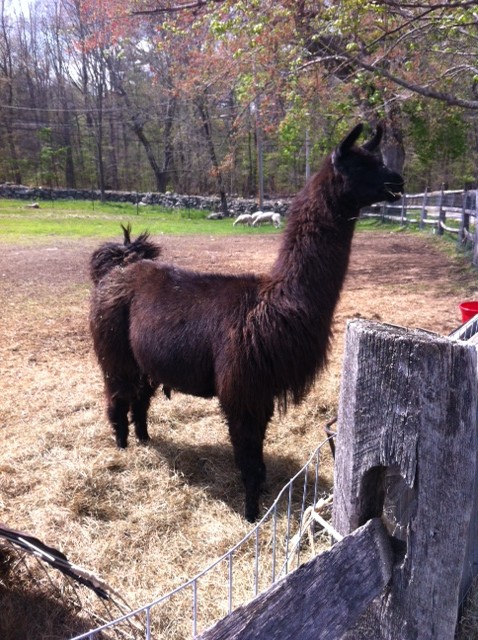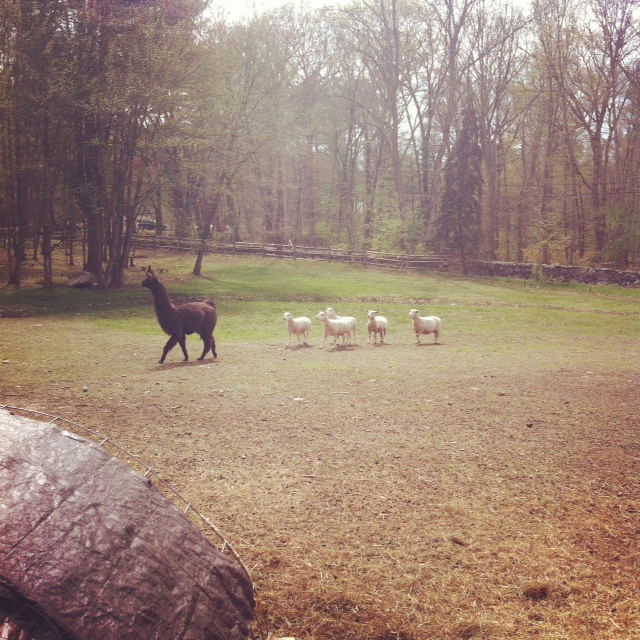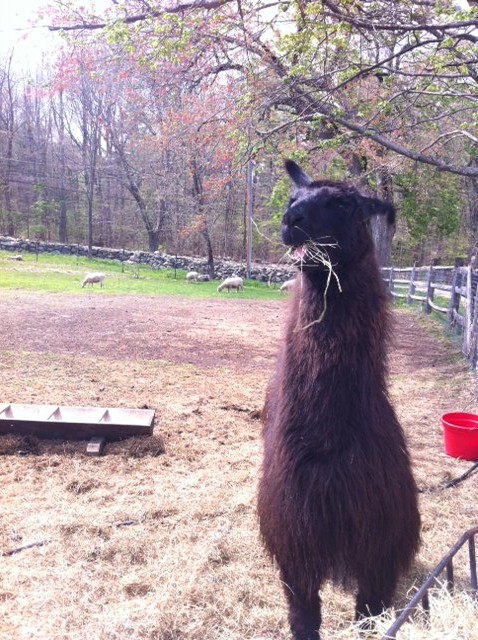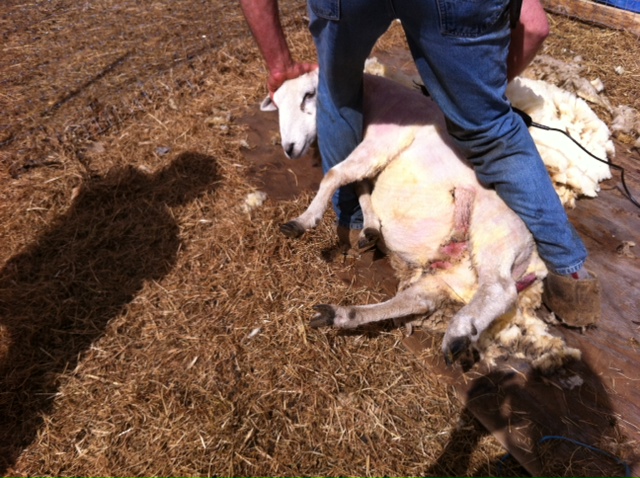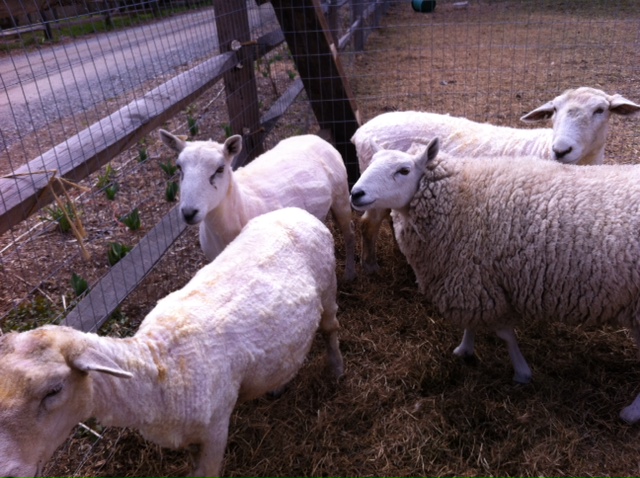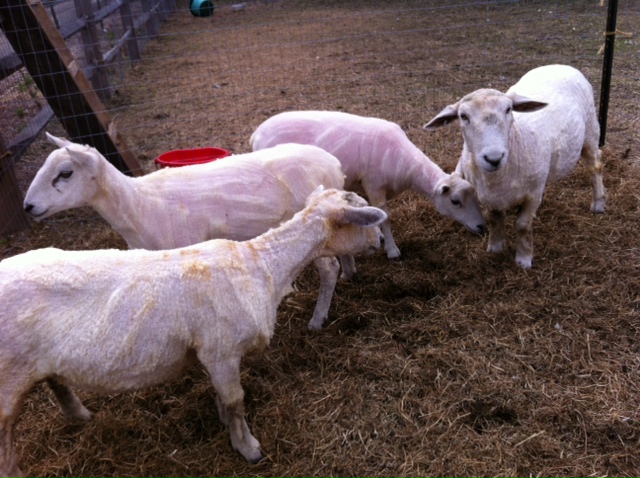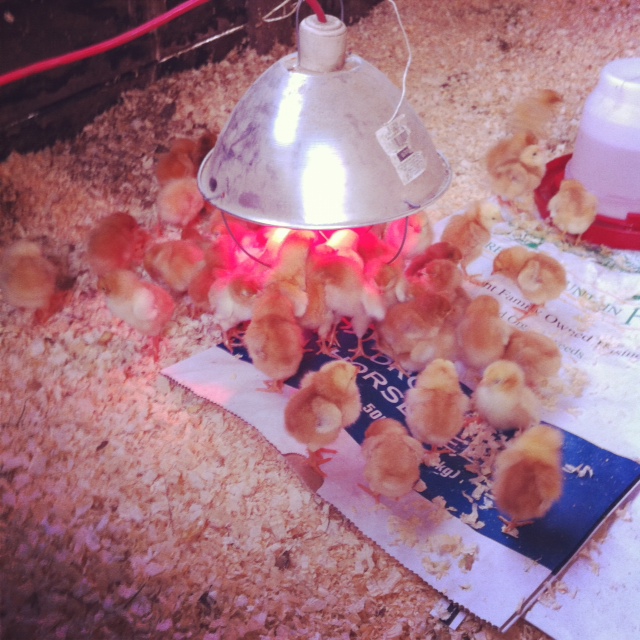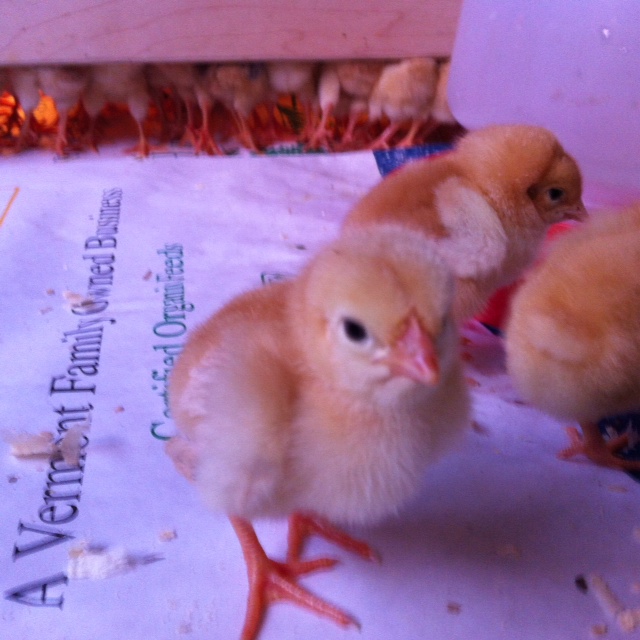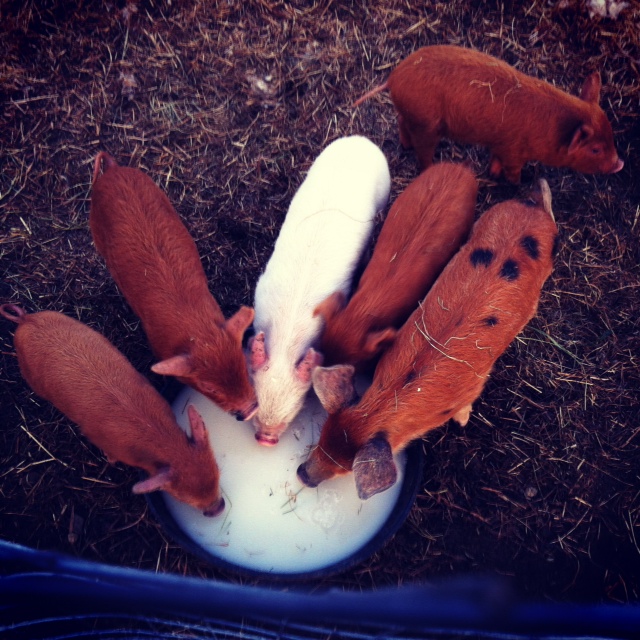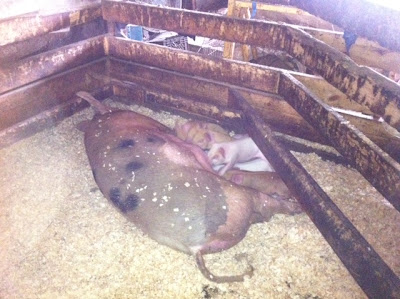Well, I’m happy to report that the doxycycline seems to be doing it’s job and this week is promising to be much better than the last one.
Just in time too, because we had four little piglets waiting for us in New Hampshire. Yesterday morning Dave put the finishing touches on our piglet pen, we packed a couple sandwiches (and some of Becca Chapman’s famous oatmeal walnut pecan cookies), threw a couple of old large dog crates in the back of the truck and prepared to make the trip north.
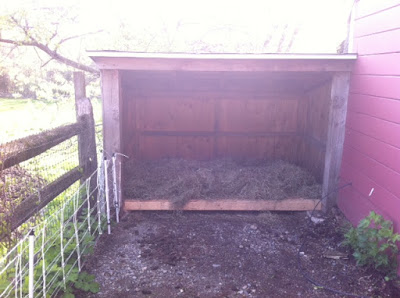 |
| I made their bed for them |
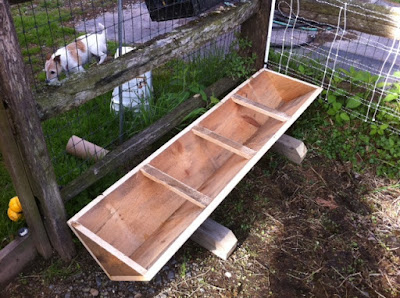 |
| Dave’s Pig Trough |
This pen used to belong to Wilbur, the Vietnamese Pot-bellied pig. But since he’s decided he’s more comfortable in the barn, it seemed like the perfect place to keep our piggies for the first couple weeks that they’re here before we’re ready to put them out to pasture.
After a beautiful two hour drive we arrived in Bath, NH, home to Clinton and his pig farm. We’ve emailed back and forth with a number of different potential piglet sellers in the last couple of months, some much closer to us than Northern New Hampshire, but Clinton had impressed us both with his knowledge and his love of pigs. His barn contains tons of mama pigs and their litters, and they all seem very happy and healthy. Clinton was honest, straight-forward and full of information. In addition, the piglets that we received had already been wormed and castrated, and were guaranteed not to die (he promised to replace them if they did).
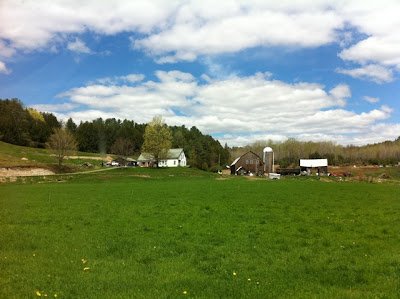 |
| Clinton’s Pig Farm |
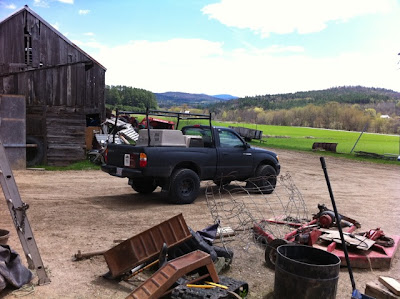
Clinton allowed us to pick from a couple of different litters. We quickly identified which litter was our favorite, and decided to take all our piglets from that one mama. It’s okay to mix litters, but the pigs will often squabble at first, and we just liked the idea of keeping the brothers and sisters together so they would be more comfortable when we got them home. We picked out two matching red boys with black snouts, a white boy with a brown face and spot, and one little feisty girl with a white stripe across her back. We ruled out another larger girl because her tail was hanging straight and loose, which is often a sign that a pig isn’t feeling very well. Clinton picked them up one at a time by their back legs, trying to avoid the mama who apparently has a mean streak and is extra protective of her piglets, and loaded them into our dog crates. We had filled them with lots of hay to keep the piglets cozy and comfortable, and wrapped a tarp over the top to keep them out of the wind.
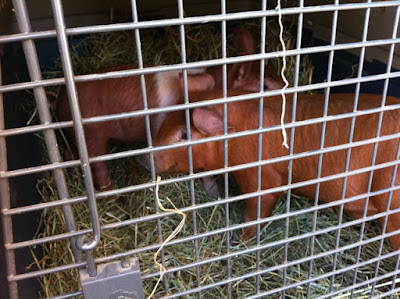
We checked on them once at a gas station on the way home and they seemed very comfortable and happy. Once we got them home, we placed them one by one in their new bed and watched as they rooted around in the hay for a little while and then stepped out to explore and dig around in their new pig pen.
In Other News:
The fence has been put up around the kitchen garden, so now we can start really planting the raised beds in earnest.
Dave also harrowed the field on Sunday, so all the big sod clumps are broken up and buried. Only one more week (to let the sod really break down underground) and we can start planting!
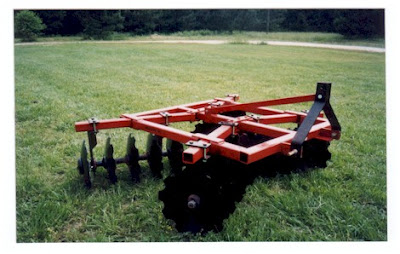 |
| Disc Harrow: dragged behind a tractor, it cuts through strips of sod and breaks up the soil |
Coming Soon: Piglet videos!
Meanwhile…
